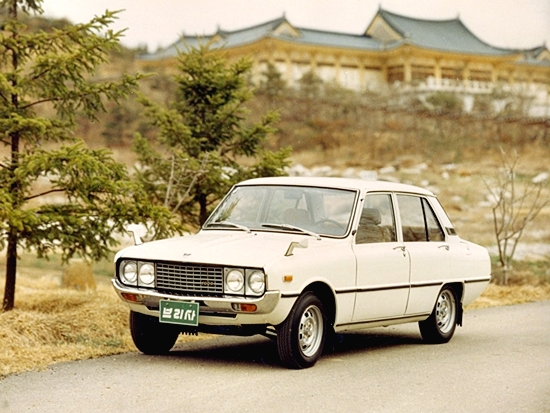How does a hamster sell a car? The answer can be found in Kia’s ‘Power to Surprise’ ad.
Kia’s humble history dates back to 1944. Founder Kim Chul Ho was born in Korea in 1905. As a teenager, he moved to Japan and worked in a steel mill. Later, he set up a business making nuts and bolts for bicycles in Osaka. Kim returned to Korea in 1944 and founded Kyungsung Precision Industry to manufacture bicycle parts and steel tubing. One year later, the company set up a factory outside of Seoul and became Kia.
Kia proudly introduced the first Korean-made bicycle in 1952. Materials were in short supply during the war. This did not deter Mr. Kim. He used oil drums and wire rope when steel was not available. Demand for bicycles increased after the Armistice Agreement and the bicycle company took the new name Samchuly.
Mr. Kim’s vision went beyond bicycles. Kia produced South Korea’s first motorcycle in 1961 and small trucks followed. Mr. Kim died in 1973, one year before Kia released their first compact car, the Kia Brisa.

Source: Kia Buzz
Why is it Called Kia?
Contrary to common thought, Kia is not an acronym. Kyungsung Precision Industry took the aspirational name ‘Kia’ from Chinese-Korean characters. Ki “起” means “to rise, stand or awake” and A “亚” refers to Asia. So, in Korean, the name Kia means “to rise out of Asia.” Kia’s early logos show a geometric K with a curved wave across the top. Otherwise, the logo has remained consistent since 1994 – with block capital letters spelling KIA in English surrounded by an oval. Interestingly enough, KIA cars sold in Korea have a different logo.

Source: Car Logos
Kia cars were first sold in America in 1994. They made headway as an inexpensive option with a high warranty value. However, they faced serious reliability and durability challenges. A few years later, the Asian economic crisis devastated Kia. In 1997 Korean automaker Hyundai won the auction (and beat out Daewoo Motor Company) to acquire Kia Motors Corporation.
The New Kia
Within 10 years, Kia would rise again. To succeed, the company had to improve their ratings, reputation, and become distinctive in their own right. In 2004, Kia initiated a complete overhaul. For design matters, they hired Chief Designers Peter Schreyer from Volkswagen and Tom Kerns from Cadillac. The entire Kia line was redesigned top to bottom and they adopted “The Power to Surprise” as their new slogan.
Schreyer led a full on design revamp. The grill got a distinctive makeover known as the ‘tiger nose.’ Added to their new ‘simplicity of the straight line’ design philosophy, major engineering advances, and worldwide critical acclaim – the new Kia had arrived. Another big milestone for Kia was the introduction of the Kia Soul, a car with personality. Kia struck gold with David & Goliath, a Los Angeles-based Ad Company in 2009. A series of ads featuring hamsters introduced the Kia Soul with tagline, “a new way to roll.”
The award winning ads, backed with “Do What You Do” by Marz and The Black Sheep’s “The Choice is Yours” have had millions of views. Kia launched the new Soul Turbo in 2017 with a baby hamster keeping pace to Motorhead.
From bicycle parts to over 3.3 million vehicles sold worldwide. Today, Kia is one of the ten most awarded brands by Kelly Blue Book for 2017. Kia continues to be headquartered in Seoul with 14 manufacturing facilities in 5 countries, including a large plant in West Point, Georgia. We hope you enjoyed the naming story behind Kia’s brand name! Tell us, have you noticed the tiger nose? Do you have a favorite Kia hamster commercial? Let us know in the comments below!
Adam Lang is the founder and editor of Rewind & Capture. He is passionate about creative marketing, design and brand etymology.






Leave a Reply